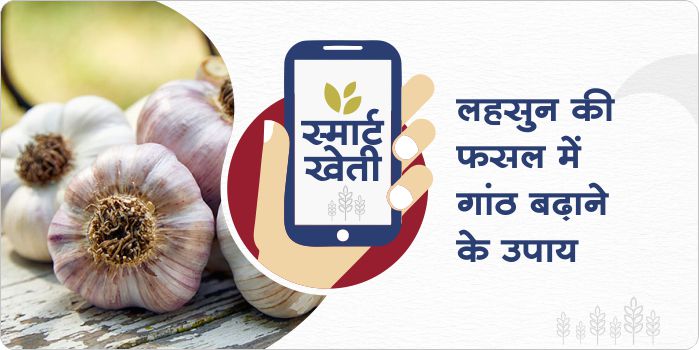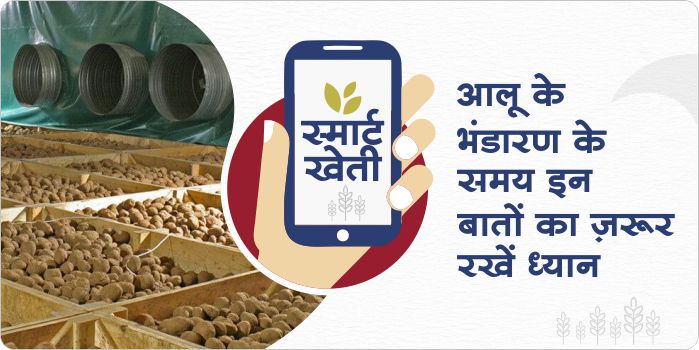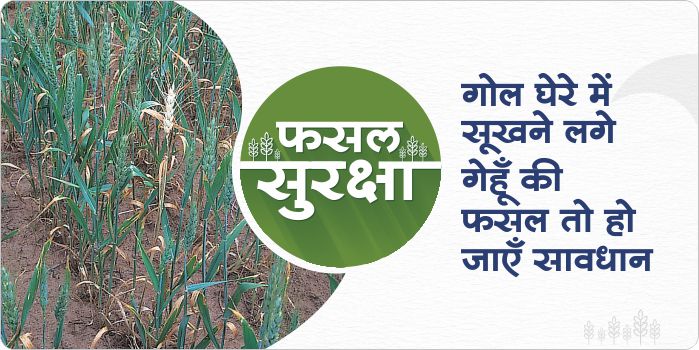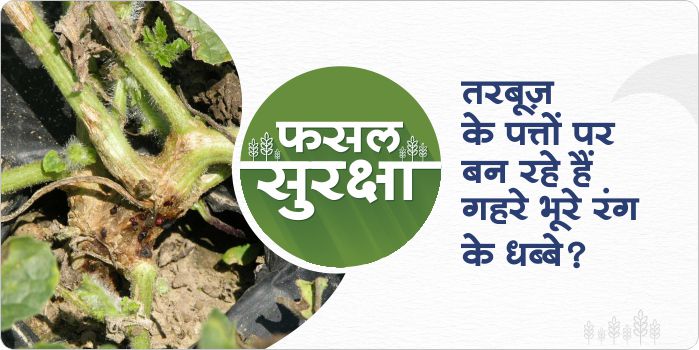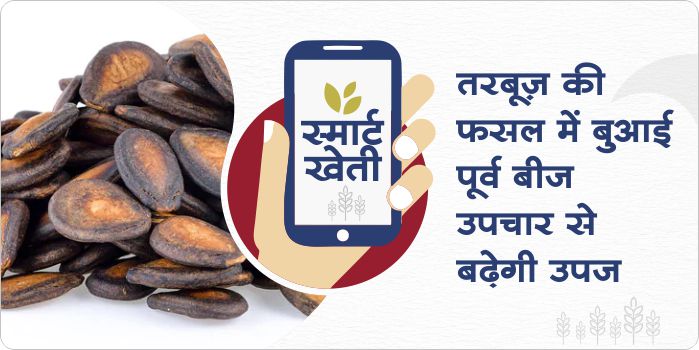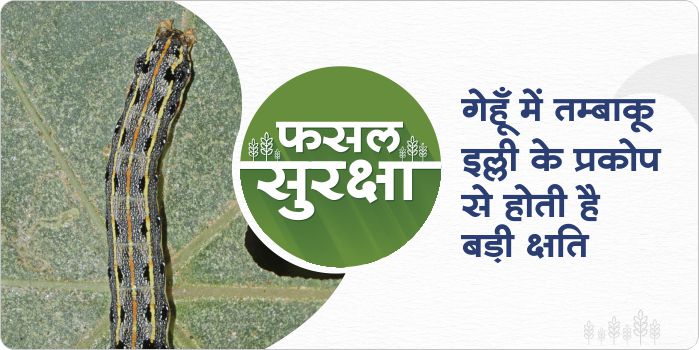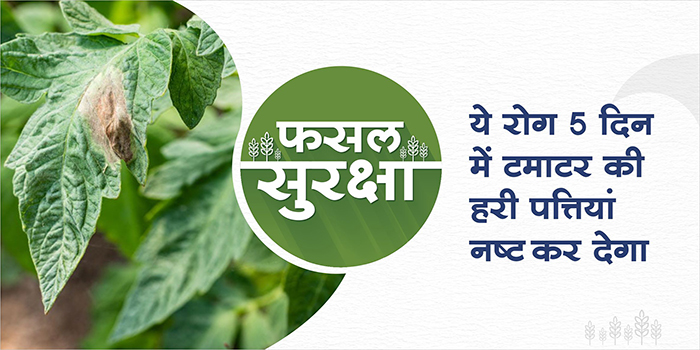Skip to content
- Garlic plants produce large leaves to increase the photosynthetic process and store the necessary substances to increase the size of garlic bulbs .
- Nutritional management in plants at this stage is important for improving the bulb size.
- Calcium Nitrate @ 10 kg/acre + Potash @ 20 kg/acre use 60-70 days in sowing.
- After this 120-140 days of sowing use Paclobutrazol 40%SC @ 30 ml/acre.
Share
- Constantly changing weather is causing the garlic crop to face a lot of problems.
- The problem of yellowing is quite visible in the garlic crop due to which there is a huge impact on the growth and development of garlic.
- The yellowness of garlic can also be caused by fungal and insect borne and nutritional problems.
- If it is causes by fungus, use Kasugamycin 5% + Copper Oxychloride 45% WP @ 300 gram/acre or Thiophanate Methyl 70% WP @ 300 gram/acre
- If it is because of nutritional problem, use Seaweed@ 400 ml/acre or Humic acid@ 100 gram/acre
- If it is due to insect, use Profenofos 40 % + Cypermethrin 4% EC@ 400 ml/acre or Fipronil 40 % + Imidacloprid 40 % WG@ 80 gram/acre.
Share
- Potato is a very perishable crop.
- For this, proper arrangement of its storage is very important
- Due to the low temperature in the mountainous areas, there is no particular problem of storage.
- The problem of storage occurs more in the plains and places where the temperature remains high.
- One thing is important to note that before storing potatoes the potato tuber should be fully matured.
- Potatoes are required to be kept in cold storage to protect them from spoilage in plain areas.
- The temperature in these cold storages should be within 1 to 2.5 degree Celsius and relative humidity should be 90-95%.
- The storage should be checked periodically so that spoiled potatoes can be separated from the good ones.
Share
- This disease is caused by bacteria and fungi, which damages the wheat crop.
- Symptoms of bacterial wilt infection can be seen on all parts of infected plants.
- The leaves turn yellow, then the whole plant dries up and dies.
- Wheat crop starts drying in patches
- For prevention of this disease use Kasugamycin 5% + Copper Oxychloride 45% WP @ 300 gram/acre or Kasugamycin 3% SL@ 400 ml/acre
- As biological treatment use Pseudomonas Fluorescens @ 250 gram/acre.
Share
- The symptoms of Gummy stem blight first appear on the leaves and then on the stem in the form of dark brown spots. The lesions often develop first at the leaf margin, but eventually spread over the entire leaf. The symptoms of Gamosis blight on the stem are visible as lesions. They are circular in shape, and are brown in color.
- A main symptom of Gamosis blight or gummy stem blight is that the stem affected by this disease produces a sticky substance like gum.
- For prevention of this disease use Kasugamycin 5% + Copper Oxychloride 45% WP @ 300 gram/acre or Chlorothalonil 75% WP@ 300 gram/acre or Tebuconazole 25.9% EC@ 200 ml/acre
- As biological treatment use Pseudomonas Fluorescens @ 250 gram/acre
Share
- Chemical treatment: Before sowing, treat the seeds of watermelon seeds with fungicide Carbendazim 12% + Mancozeb 63% WP @ 2.5 gram/kg seed or Carboxin 37.5% + Thiram 37.5% DS @ 2.5 gram/kg seed.
- Biological treatment: Trichoderma Viride@ 5 gram PSB bacteria @ 2 gram /kg seeds or Pseudomonas Fluorescens @ 50 gram/kg seeds
- While doing seed treatment ensure to use the treated seed for sowing on the same day. Do not store the treated seeds.
Share
- This caterpillar attacks the leaves of the wheat crop.
- The caterpillar scratches the green part of the leaves and destroys it.
- The larvae of this insect feed on soft leaves.
- A web structure is formed on the leaves when this worm attacks.
- Profenophos 40% + Cypermethrin 4% EC @ 400 ml/acre or Emamectin Benzoate 5% SG@ 100 gram/acre or Chlorantraniliprole 18.5% SC@ 60 ml/acre or Novaluron 5.25% + Emamectin Benzoate 0.9% SC@ 600 ml/acre.
- As a biological treatment use Beauveria Bassiana @ 250 gram/acre.
Share
- Early symptoms include yellow spots appearing on the leaves.
- Later these symptoms grow inside the leaves and the stem.
- These symptoms is what that differentiate black rot from wilt disease
- As the disease is spread the cabbage leaves turn brown.
- For effective control of this disease use Streptocycline @ 20 gram/acre Validamycin 3% SL@ 300 ml/acre or Copper hydroxide 77% WP @ 750 gram/acre or Kasugamycin 5% + Copper oxychloride 45% WP@ 400 gram/acre
- As a biological treatment, spray Pseudomonas fluorescens@ 250 gram/acre.
Share
- Spotted wilt virus in tomato is spread by thrips.
- The initial symptom of this disease is Violet brown spots on new leaves of tomato plants.
- These spots gradually turn into rings.
- These spots get unified into big spots and begin destroying the tissues of the leaves.
- Increased infection can affect the ripening process of tomato fruit.
- Light yellow colored spots are formed on the unripe fruits, slowly these spots grow into large size spots.
- To prevent this, use Fipronil 5% SC @ 400 ml/acre or Lambda cyhalothrin 4.9% CS @ 200 ml/acre or Spinosad 45% SC @ 75 ml/acre.
- Use Bavaria Basiana @ 250 ml/acre as a biological treatment.
Share
- The disease spreads by Phytophthora fungus. Late blight is a serious disease that can severely affect tomato crops.
- Late blight destroys the green leaves of plants within 5 days.
- In this disease, spots begin to appear on the edges of the leaf and gradually spread all over it, branches and stem also get affected and on the lower surfaces of the leaves white color shells are formed, which later turn brown and black.
- Use Chlorothalonil 75% WP @ 400 gram/acre or Metalaxyl 8 % + Mancozeb 64% WP @ 600 gram/acre or Tebuconazole 10% + Sulphur(s) 65% WG @ 500 gram/acre or Kasugamycin 5% + Copper Oxychloride 45% WP @ 300 gram/acre
- As a biological treatment Pseudomonas Fluorescens @ 250 gram/acre or Trichoderma Viride @ 500 gram/acre.
Share

